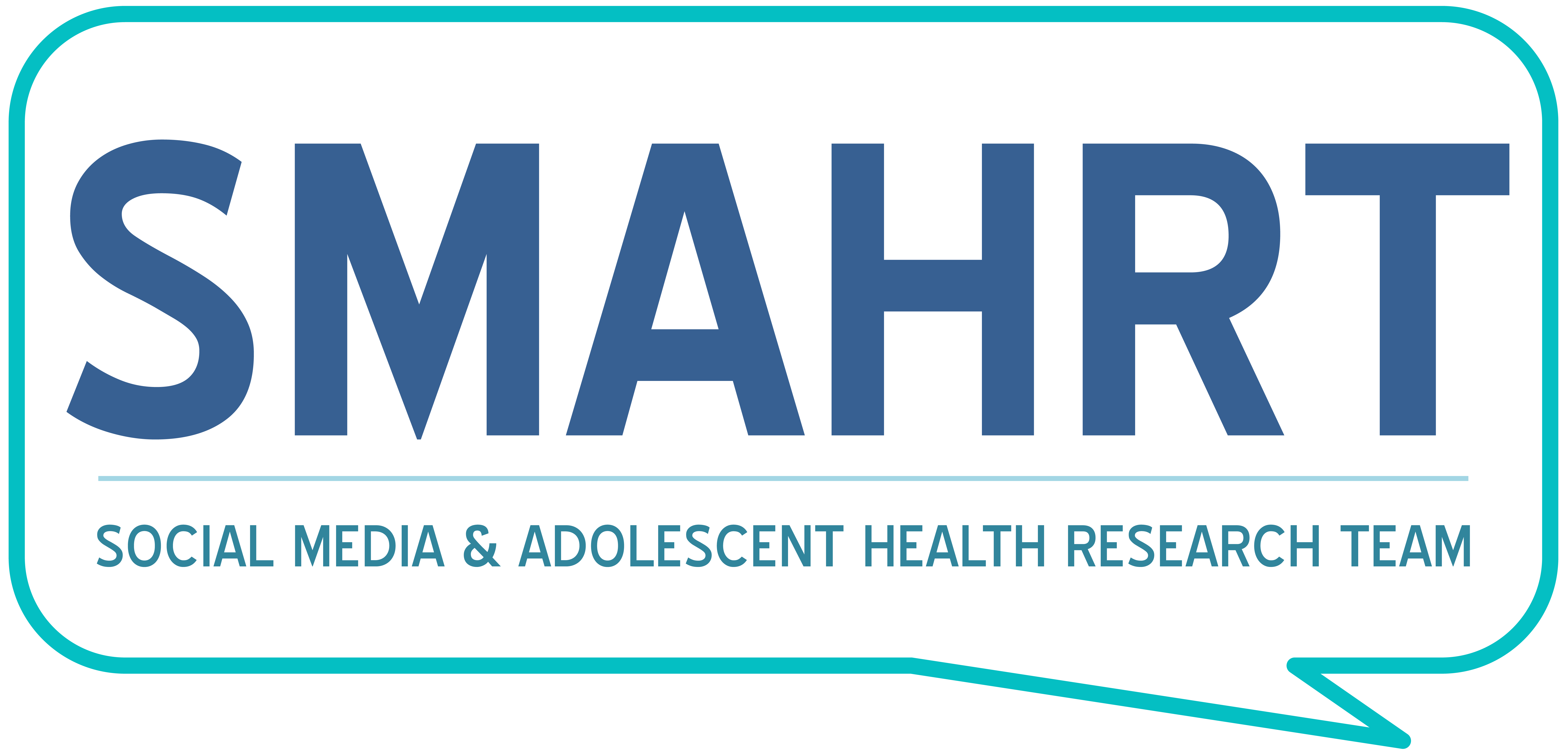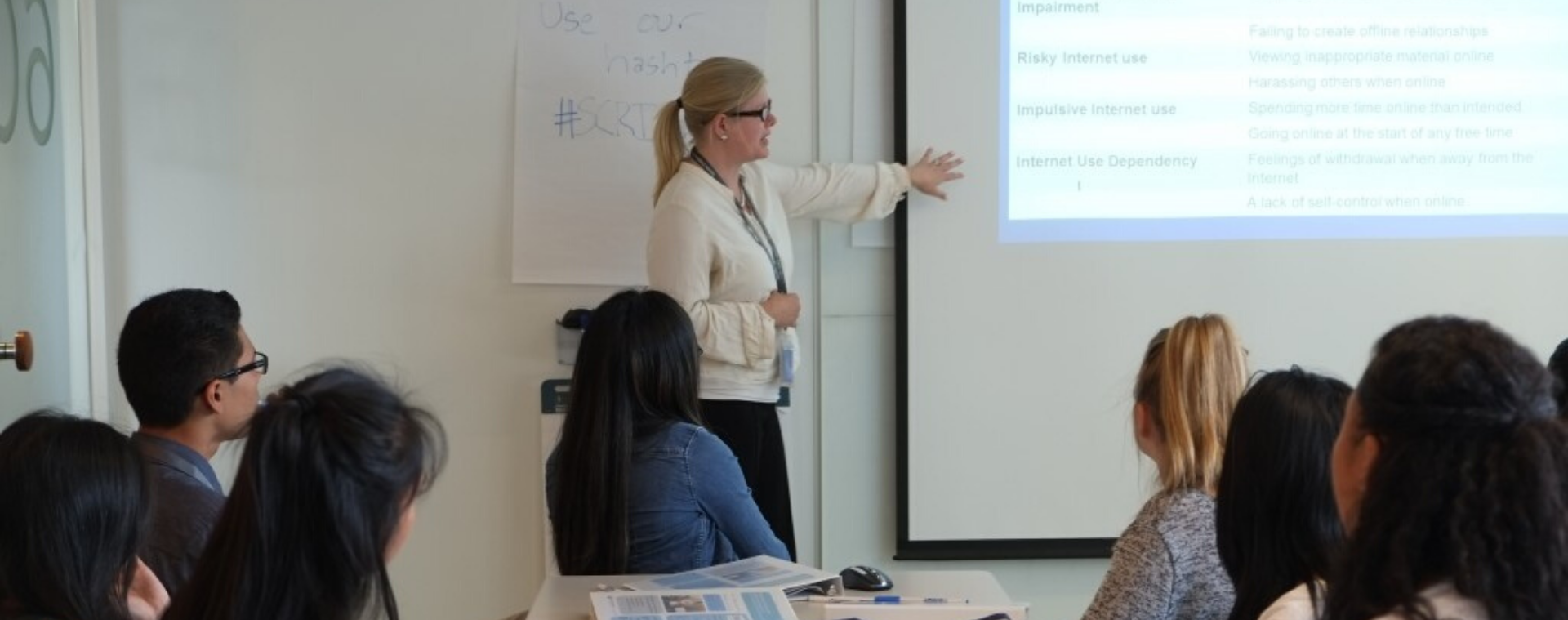Written by: Garrett Waterman
With the advent of the ever increasing importance of technology in daily life, many people are questioning the effects of this relatively new medium. In this new digital age, the majority of Americans are spending a significant portion of their time in front of a screen. While many news outlets fixate on the metric of screen time, The Technology and Adolescent Mental Wellness Program (TAM) is committed to providing nuanced research to better understand the impact of technology and its effects on wellbeing. Part of this initiative includes the formation of the TAM Data Consortium: A robust infrastructure that oversees the ethical sharing of anonymized data surrounding youth, technology, and wellbeing. Collaboration with the TAM Data Consortium allows researchers early in their career and those from backgrounds traditionally underrepresented in science access to data without the barrier of data collection. This leads to development and dissemination of new literature based on empirical data.
Dr. Jessica Hamilton, assistant professor of psychology at Rutgers, is a part of the TAM Data Consortium. Her work, exploring the “Associations Between Social Media, Bedtime Technology Use Rules, and Daytime Sleepiness among Adolescents,” utilized the large, multivariable dataset available within the consortium. Hamilton argues that perceived importance of social media and parental guidelines surrounding social media use are connected. Her findings, which concluded that “social media affects sleepiness and having rules around technology use at bedtime can reduce these effects,” can be found at JMIR Mental Health. Additionally, guidelines which regulate perceived social media importance may aid in “[improving] social media use, sleep, and mental health” among adolescents.
Dr. Libby Matile Milkovich, assistant professor of pediatrics at the University of Missouri-Kansas City School of Medicine, joined the consortium in 2020. With help from the TAM Data Consortium and access to the Youth Health and Social Media dataset, Dr. Milkovich presented her research on “Parent problematic internet use associated with youth problematic internet use” at the Pediatric Academic Society’s 2022 international conference. This conference represents thousands of pediatricians, health care providers, and researchers committed to improving adolescent well-being through multidisciplinary collaborations.
Dr. Brittany Allen, associate professor at the University of Wisconsin Department of Pediatrics, is also part of the TAM Data Consortium. Her work assesses the digital interactions of transgender, non-binary, and gender diverse youth. There are currently two manuscripts submitted on the topic. The first covers the “connections between psychosocial measures and digital media use in TNG youth.” Published in August of 2021, it found that problematic internet use within the transgender community may not be “unilaterally driven by problematic factors among TNG youth.” More information can be found at JMIR Publications. The second, currently in a state of review, describes “problematic technology use and technology interactions seen in these TNG youth.”
Along with access to 65 variables and thousands of participants, the TAM Data Consortium provides opportunities to collaborate with other researchers well versed in youth, technology, and mental health. This topic based approach to research allows for multidisciplinary studies which benefit from numerous, unique perspectives. From developing a research question to isolating specific variables, TAM Data consortium members are encouraged to work alongside the Technology and Adolescent Mental Wellness program (TAM) and the Social Media and Adolescent Health Research Team (SMAHRT) in adding to this relatively young field of study. With access to both parent and adolescent variables, the consortium allows researchers to publish unique, empirically based perspectives on problematic internet use, household tech rules, and social media addiction. These variables empower fledgling researchers with the tools they require to improve their analytical skills and become a part of the growing literature surrounding youth, mental wellness, and social media.


